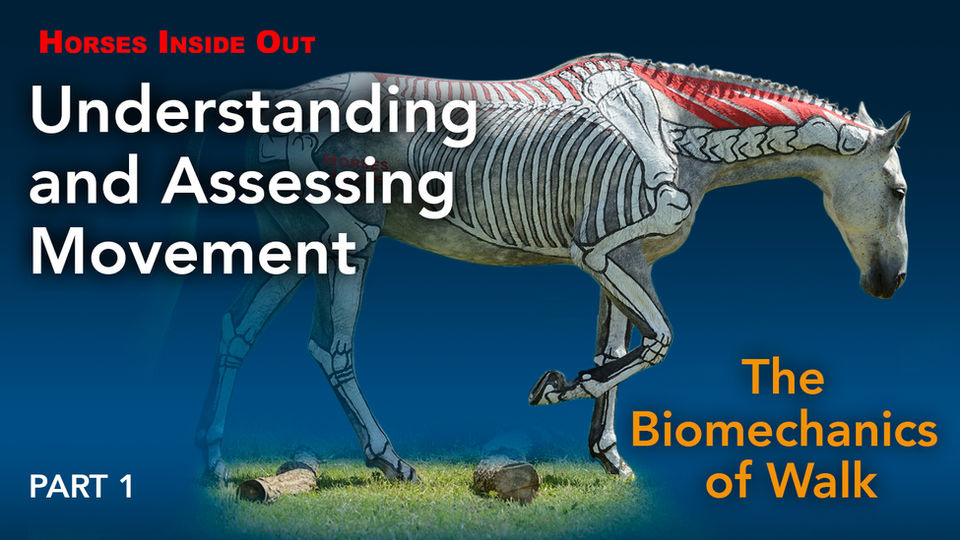Dressage Dissected - Lecture Demonstration
When it comes to dressage the scales of training are the stepping stones that many riders live by when training horses. They form the basis of what judges look for in horses during a dressage test. But what about biomechanics? How does anatomy and biomechanics link in with the scales of training?
These questions are explored in greater detail in this online lecture demonstration. Lily Brooksby-Dalby, who has produced horses up to Grand Prix level, rides the lovely Hans a 17hh Dutch Warmblood. Gillian's horse, Artistic Flair, also be makes an appearance.
The Anatomy of Dressage
In the first half we look at the anatomy and biomechanics specifically related to dressage. This covers many popular topics such as; how the horse maintains an outline, the different head and neck positions and how those different positions affect movement and way of going. We study the 2 very different ways a horse achieves "getting his nose on the vertical" and question whether this really is the best marker for a good outline? Also, what is the correct way of going for improving posture and musculoskeletal health and the positive impact on the horse’s performance?
The answer to these questions and many others lie in an understanding of anatomy and biomechanics. Other topics that will be covered include, the importance of the base of the neck, the positioning of the hind limb relating to the sacroiliac joint and lumbosacral junction, and how this is important for collection and engagement.
Watch Trailer
This on-demand lecture demonstration was originally published on 3rd November 2021 and is the 3rd episode in the lecture demonstration series.
Course Structure
The Scales of Training
In the second half, Lily and Hans demonstrate a variety of different dressage movements and exercises designed to improve each of the scales of training and in turn we discuss the relevant biomechanics.
1. Rhythm
2. Suppleness
3. Contact
4. Impulsion
5. Straightness
6. Collection
UNLIMITED ACCESS
Anytime - Anywhere - As many times as you like!
Once purchased, you can watch this on-demand webinar at any time and as many times as you like from any device and from the comfort of your own home! Just make sure you are logged in and then watch it by pressing the button below.
Other on-demand webinars you may enjoy...
- 80£
- 40£
- 30£





















